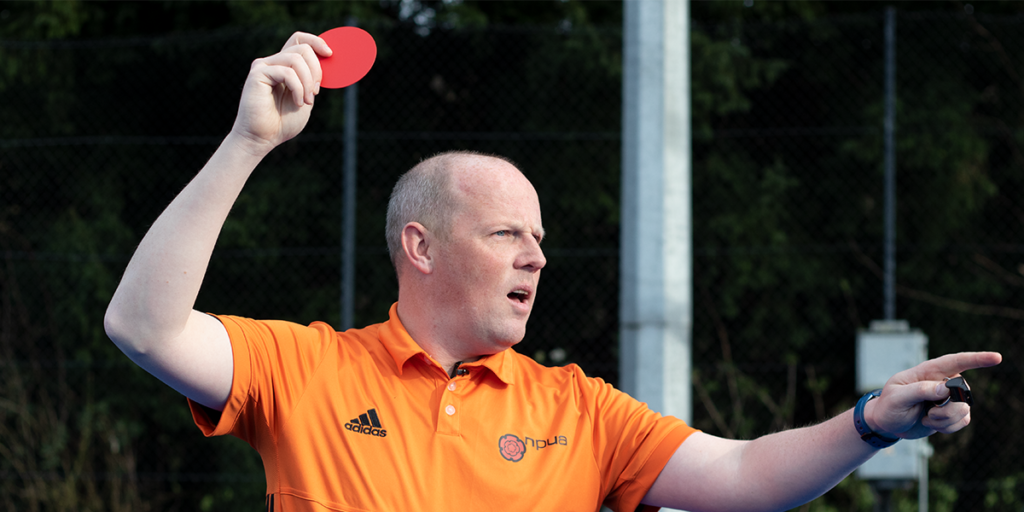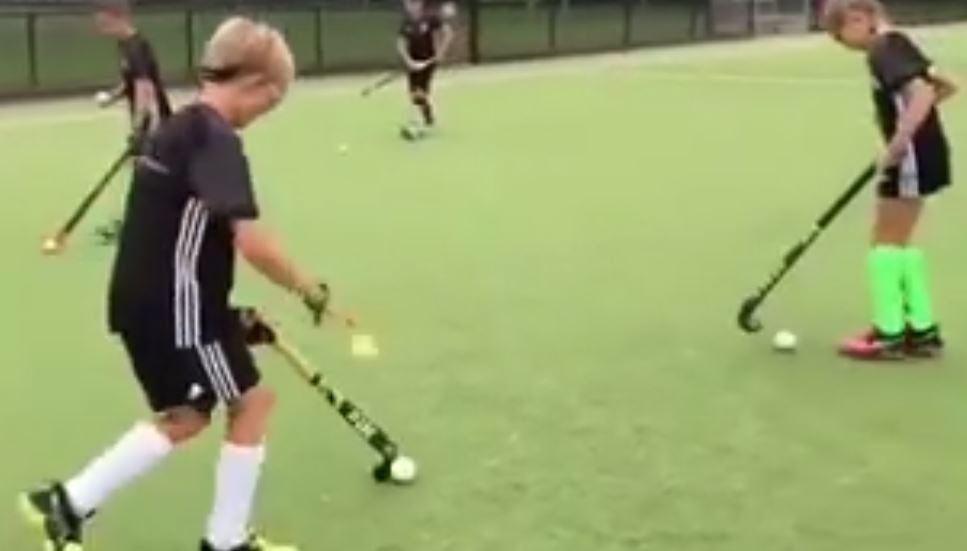Field hockey, like any sport, has its own set of rules and regulations to ensure fair play and sportsmanship on the field.
As a player or a fan, it’s crucial to understand what penalties there are in field hockey, as they can significantly impact the flow and outcome of the game. In this article, we’ll explore the various types of penalties, the common reasons they are awarded, their consequences, and how players can avoid them.
Types of penalties in field hockey
Field hockey penalties are primarily issued through colored cards, each signifying a different level of infraction. Let’s delve into what each card represents.
Green card
A green card in field hockey is a warning issued for minor offenses. It’s the mildest form of penalty and serves as a caution to the player to adjust their behavior. When a player receives a green card, they are typically required to leave the field for two minutes, leaving their team temporarily short-handed.
Yellow card
A step above the green card is the yellow card. This card is given for more serious offenses or repeated infractions after a green card has been issued. The player receiving a yellow card is suspended from the game for a minimum of five minutes, depending on the severity of the offense. This suspension can be a significant disadvantage to the team.
Red card
The red card is the most severe penalty in field hockey and is reserved for the most egregious violations. A player who receives a red card is ejected from the game and cannot be replaced, forcing their team to play with one less player for the remainder of the match. Additionally, the player may face further disciplinary action from the governing body, such as a suspension from subsequent games.
Common reasons for penalties

Penalties are a way to maintain discipline and ensure safety on the field. Here are some common reasons why players might find themselves penalized.
Obstruction
Obstruction occurs when a player uses their body or stick to prevent an opponent from playing the ball. This includes blocking the opponent’s path or shielding the ball without an attempt to play it themselves.
High stick
A high stick penalty is called when a player raises their stick dangerously above shoulder height in a way that could harm other players. This rule is in place to protect players from potential injury.
Body contact
While field hockey is a non-contact sport, incidental contact does occur. However, deliberate body contact, such as pushing or shoving, is not allowed and will result in a penalty.
Illegal tackle
Tackles must be clean and only directed at the ball. An illegal tackle, such as dangerously using the stick or attempting to tackle from the wrong side, can lead to a penalty.
Consequences of penalties
Penalties in field hockey not only affect the individual player but also the entire team.
Player Suspension
When a player is penalized with a card, they are required to leave the field for a specified duration, depending on the card’s color. This temporary suspension can put the player at a personal disadvantage, affecting their rhythm and contribution to the game.
Team disadvantage
The team suffers when a player is off the field due to a penalty. They must adapt quickly to being short-handed, which can disrupt their strategy and leave them vulnerable to the opposing team’s attacks.
How to avoid penalties

To avoid penalties, players should focus on discipline, adherence to the rules, and sportsmanship. They should be well-versed in the rules of the game and practice self-control during high-pressure situations. Coaches play a crucial role in educating and training players to play fairly and responsibly.
Conclusion
Penalties in field hockey are there to ensure the game is played fairly and safely. Understanding the types of penalties, their reasons, and their consequences can help players avoid them and contribute positively to their team’s efforts. As players, coaches, and fans, we all have a role in upholding the spirit of the game and ensuring it remains enjoyable for everyone involved.
FAQ
-
How many types of penalty cards are there in field hockey?
There are three cards, green, yellow, and red, which are used for misconduct violations. The green card is used for warnings, the yellow card is used to remove a player from the game for a minimum of five minutes, and the red card disqualifies the player from the game.
-
Is there a shootout in field hockey?
NCAA Rule 5.1 Tied Games (8) The shoot-out is completed under the following conditions: (a) Eight seconds have elapsed. (b) The attacker scores a goal. (c) The attacker commits an offense. (d) The goalkeeper commits an unintentional offense.
-
What are penalties in hockey?
A penalty in ice hockey is a punishment for an infringement of the rules. Most penalties are enforced by sending the offending player to a penalty box for a set number of minutes. During the penalty, the player may not participate in play. Penalties are called and enforced by the referee, or in some cases, the linesman.
-
How many overtimes are there in field hockey?
The NCAA Playing Rules Oversight Panel approved decreasing the length of overtime in field hockey. Games tied at the end of regulation time will have up to two 10-minute “sudden victory” periods to determine the winner. Previously, overtime consisted of two 15-minute periods.








